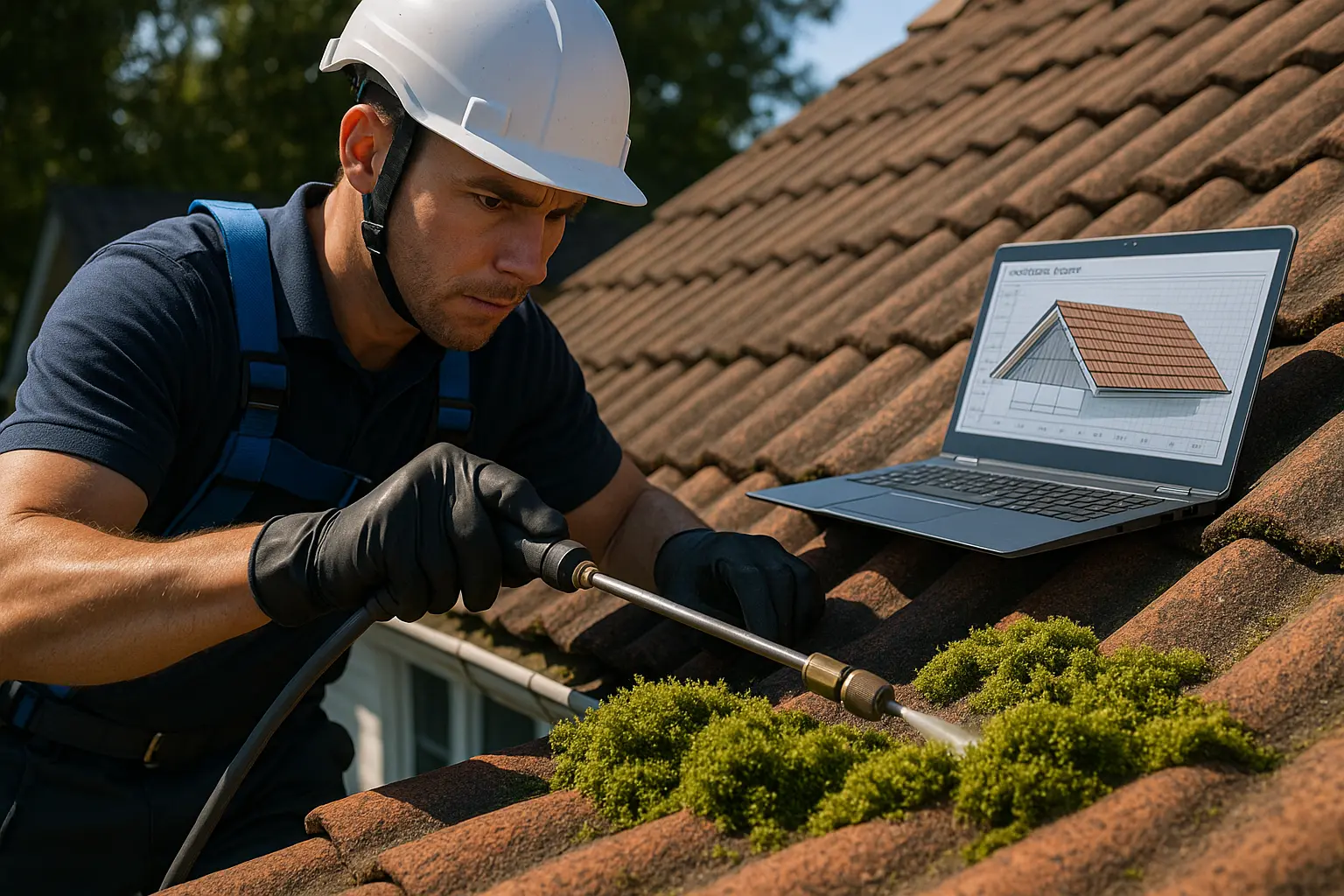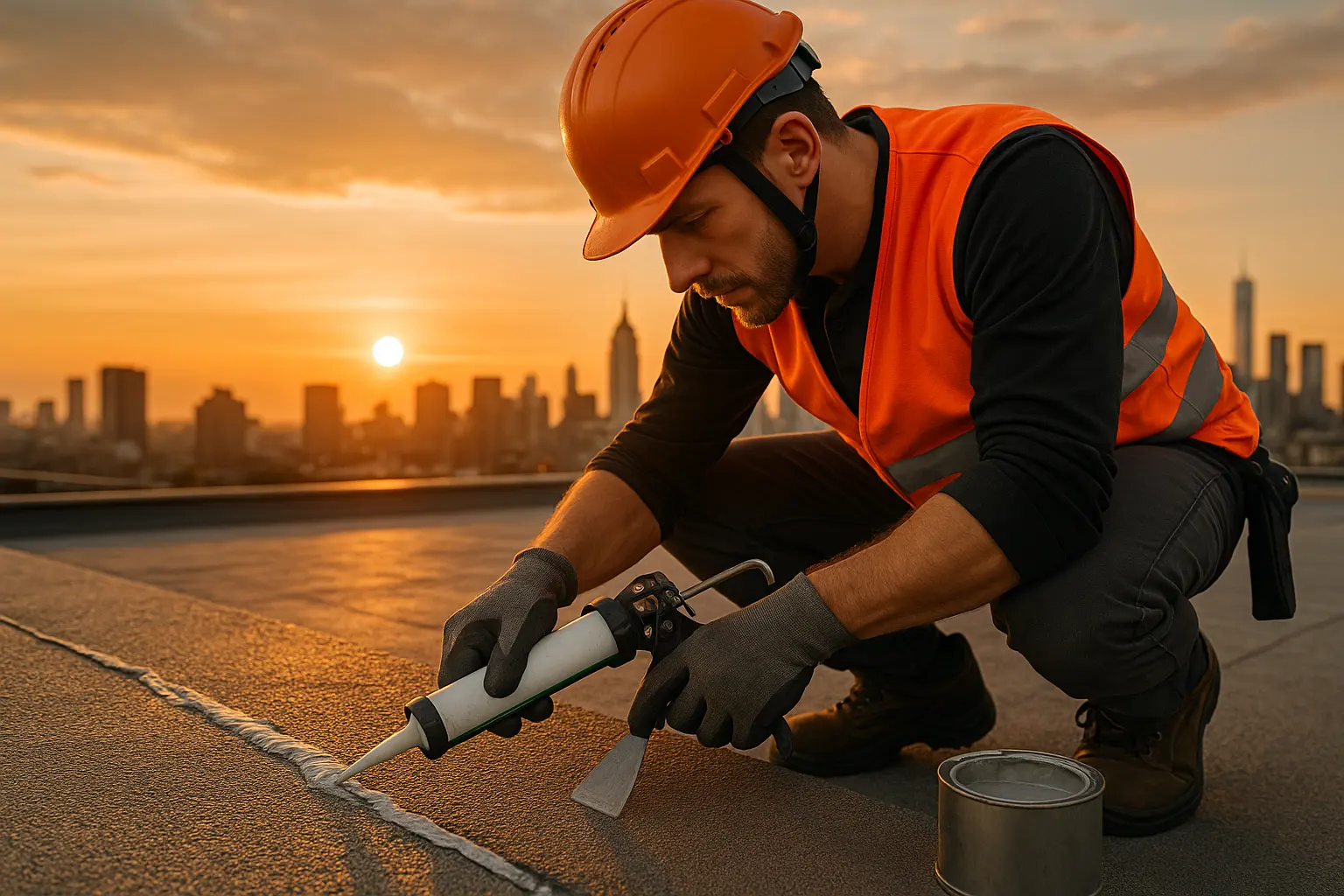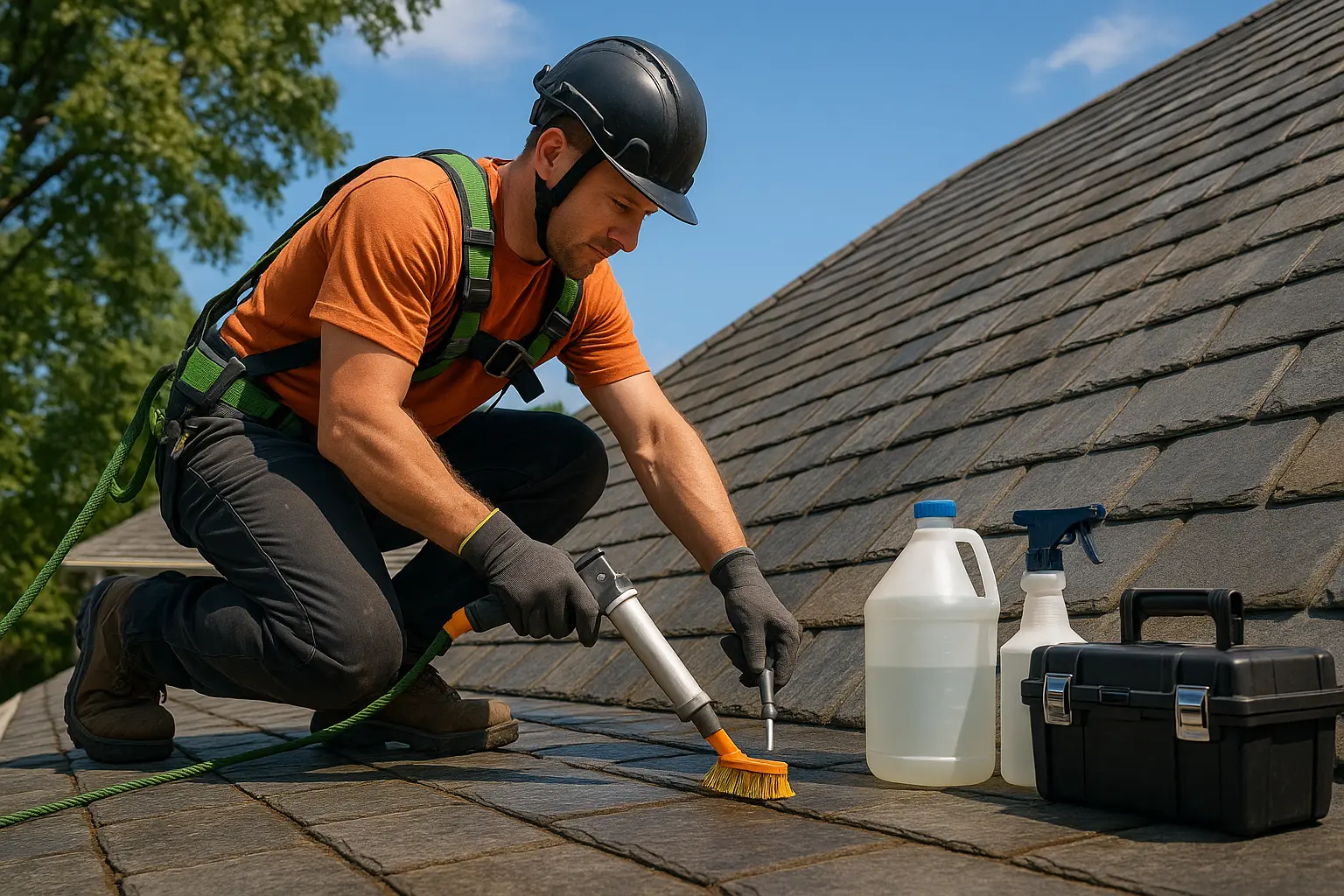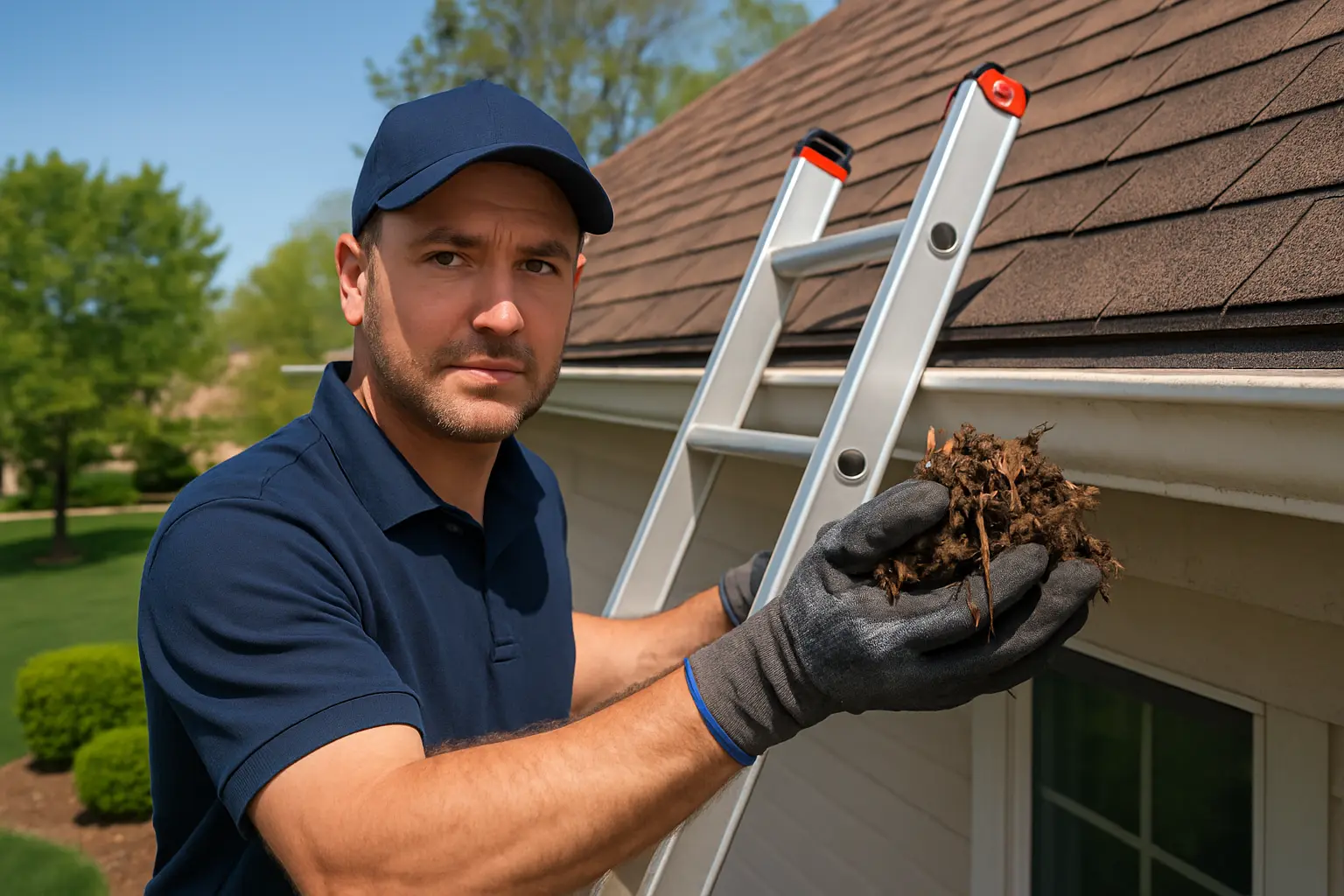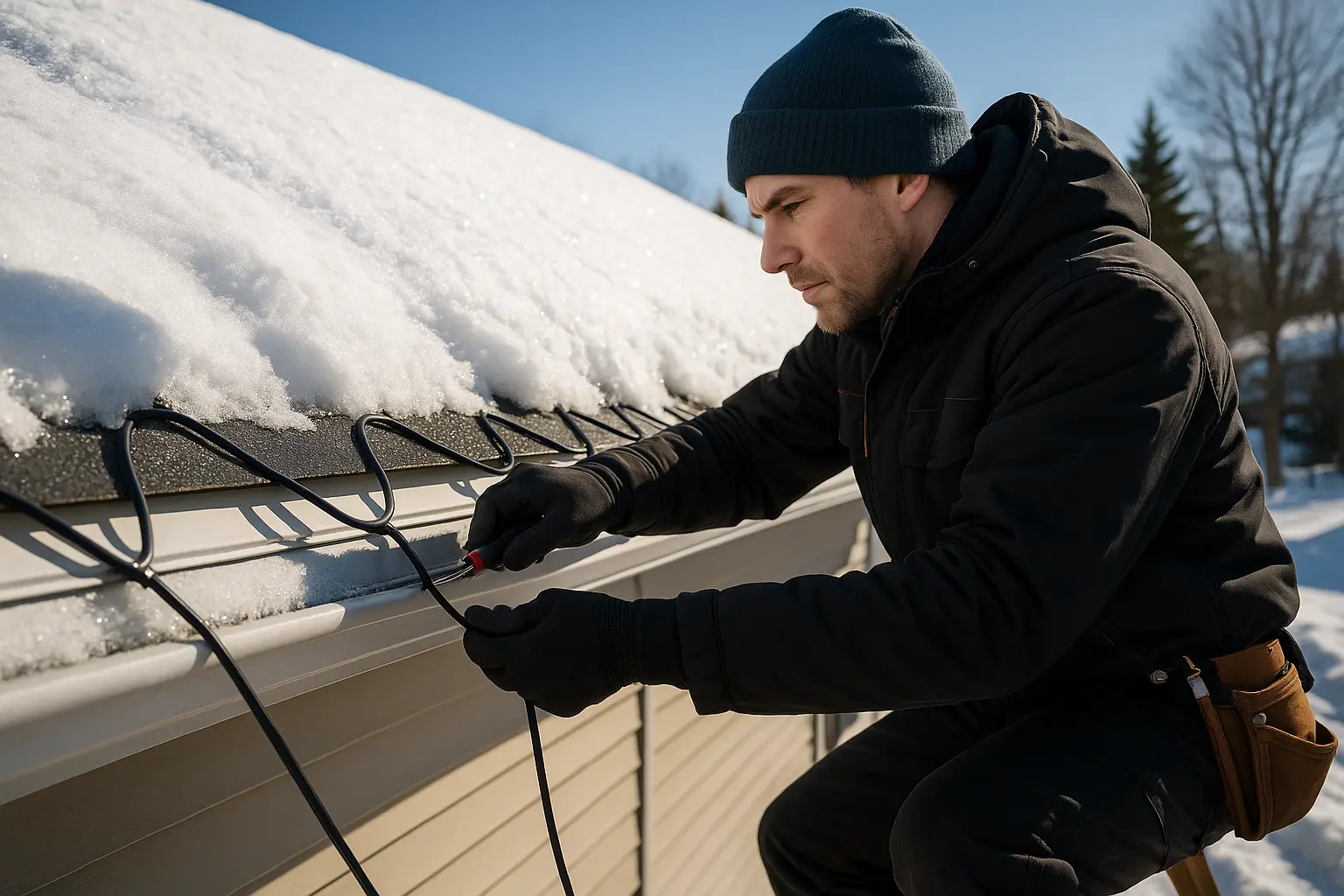Effective cleaning, soft wash, moss killer Strategies
Why Moss Invades Your Roof
Moss isn’t just an unsightly addition to your roof; it poses a real risk to your home’s longevity. Moisture lingering on shingled surfaces and poor air movement in shaded spots offer a welcoming home for moss to settle in. Roofs tucked under heavy tree cover, in humid zones, or near water bodies tend to create naturally moist areas that are ideal for growth. Layers of dirt, leaves, and other organic debris act like a welcome mat, providing both nutrients and consistent moisture, thereby inviting moss to colonize. Homeowners who learn about why moss thrives – with its need for damp conditions and minimal sunlight – can better plan to keep it at bay.
When roofs are shaded almost entirely by trees or neighboring structures, sunlight hardly reaches the surface to evaporate any moisture. This leads to a persistent damp state where moss can quickly settle and expand. Over time, as moss digests the debris and residues it encounters, it not only intensifies its own spread but also accelerates the decay of roofing materials. Even well-ventilated roof designs might fall victim if moisture isn’t properly dispersed. Because many roof types are vulnerable to this damage, regular upkeep and thoughtful design choices are essential to prolong your roof’s life.
Moreover, certain roof materials, such as asphalt shingles, have a natural tendency to hold onto moisture a little longer. Homeowners with these roofs should be especially cautious. Meanwhile, roofs built with clay or slate tiles often experience less moss because of their denser material properties and unique interactions with the local climate. Research shows that the chemical makeup of the roofing compound can either deter or encourage moss proliferation. With this in mind, selecting the right materials and taking into account environmental conditions is key when planning new roofing projects or replacing older ones.
Detecting Early Moss Infestation
Catching moss in its early stages is a crucial step in preserving your roof. It’s best to inspect your roof at least twice a year – particularly during the wetter seasons of spring and fall – when conditions favor moss growth. Look closely at your shingles for any signs of green or dark patches, especially in areas that receive the least sunlight because of obstructions like neighboring trees or other buildings. Small fuzzy green spots might be the first sign that moss is beginning to make itself at home.
During your inspection, take time to thoroughly examine every corner of your roof. Sometimes moss can hide beneath the surface of the shingles, making it harder to spot. Using binoculars from the ground can help in checking hard-to-reach spots without risking safety. Comparing well-lit and shaded areas of the roof can give you a better understanding of how moisture accumulates differently across the surface, providing clues about where moss is likely to develop. Remember, what seems like simple dirt could be the early stages of moss buildup.
Developing a regular inspection habit not only helps you catch the issue early but can also provide valuable insights into the areas where you need to focus your maintenance efforts. A precise log with photos and notes can be useful over time, helping you see patterns and address minor issues before they turn into significant problems. In doing so, you can save money and effort by acting before the moss makes it difficult to remove roof moss completely.
Consequences of Moss on Your Roof
At first glance, moss may appear to be a minor cosmetic problem, but it can lead to serious structural issues over time. Moss’s tiny root-like structures, known as rhizoids, dig into roofing materials and begin to break apart shingles. This process creates tiny openings where water can seep in, gradually destabilizing the roof’s surface. In cold weather, this retained moisture may freeze, and the resulting expansion can dislodge shingles, creating a cycle of damage.
Repeated freeze-thaw cycles can widen these gaps, inviting further water intrusion and eventually leading to leaks. Such leaks may cause wood rot and even the development of mold within the roof structure. Not only does this compromise the roof itself, but it can also threaten the overall stability of your home. Studies in colder regions have shown that homes facing persistent moss problems may see a noticeable increase in roof repair demands, underscoring the financial burden that can come with ignoring the issue.
Beyond structural damage, moss also detracts from your home’s appearance. The gradual deterioration of roofing materials impacts both the function and the curb appeal of your property. A patchy, moss-covered roof can lower your home’s market value, making routine maintenance and proactive strategies all the more important.
Removing Moss Safely with a DIY Approach and Professional Help for cleaning, soft wash, moss killer
DIY: cleaning, soft wash, moss killer Techniques
For those who prefer handling projects on their own, a gentle do-it-yourself approach is both practical and economical. A favored method is mixing a mild cleaning solution, combining water and chlorine bleach in equal parts. The solution acts as a disinfectant, killing moss spores quickly and curbing further growth over the short term. Using your favorite cleaning, soft wash, moss killer routine might be a cost-effective way to deal with the issue.
Start by preparing your solution in a well-maintained garden sprayer and target the moss-affected areas of your roof. Lightly apply the solution, ensuring it soaks well into both the moss and adjacent areas. Allow this mixture to work for about 20 minutes so it can break down the moss’s cellular structure. During this waiting period, be sure to keep children and pets safely away from the area, as the solution can be hazardous if misused.
Once enough time has passed, gently scrub the roof with a soft-bristle brush to remove any loosened moss. It’s important to avoid using a stiff brush or high-pressure spray, as those can harm the roofing material and lead to repairs. If you choose to apply a little extra assistance from a power sprayer, make sure the pressure settings are low enough not to damage the shingles. Always test your chosen cleaning solution on a small, hidden area before applying it to the entire roof.
Alternative, eco-friendly mixtures, such as vinegar-based solutions or a combination of baking soda and water, offer additional methods for handling moss. While these alternatives might require repeated treatments to match the effectiveness of chlorine bleach, they reduce chemical exposure and are often easier on the environment. With the right care, these cleaning, soft wash, moss killer methods can be repeated as needed to maintain a clear, healthy roof.
When to Bring in Professional Help
Although many homeowners successfully manage moss removal with DIY techniques, there are situations where enlisting professionals makes perfect sense. If scaling the roof or handling chemical solutions feels risky, professional cleaning services provide a safe and effective alternative. Experts come prepared with specialized tools and have extensive experience treating roofing issues without compromising your property’s integrity.
Professionals typically begin by performing a detailed assessment of your roof to pinpoint areas where moss thrives. They then tailor a treatment plan that considers your specific roofing material and local climate factors. Many of these services now incorporate environmentally friendly cleaning, soft wash, moss killer products that are safe for your home and the neighboring ecosystem.
Moreover, hiring a roofing expert eliminates the personal risks associated with climbing ladders and handling potentially hazardous chemicals. For homeowners who might not be comfortable with these dangers, professional services provide peace of mind by ensuring a thorough, secure cleaning process. In the long run, this expert care can reduce the frequency and expense of major repairs.
Research has shown that homes maintained with professional roof care often incur lower repair costs down the road. By addressing underlying problems like cracked shingles or gutter blockages during regular cleaning appointments, these expert services help forestall more extensive damage. Investing in professional cleaning, soft wash, moss killer solutions today may pay off with improved roof longevity and increased home value.
Preventing Moss’s Return
Prevention stands as a critical countermeasure for maintaining roof health. Once you’ve cleared your roof of moss, it’s wise to take additional steps to prevent its return. One effective method involves the installation of zinc or copper strips along the roof’s ridge. As rainwater runs over these metals, tiny particles are dislodged that discourage moss from attaching its roots, making it harder to remove roof moss in the future.
Another useful strategy is trimming back any overhanging branches that cast excessive shade on the roof. By increasing the amount of sunlight hitting the roof surface, the environment becomes less attractive to moss. Additionally, regular removal of leaves and other organic debris can decrease the nutrient load that moss depends on, creating another barrier to growth.
Some homeowners also choose to apply special protective roof coatings. These products are designed to repel moisture and facilitate faster water runoff, which further reduces the chance for moss to embed itself. When combined with scheduled cleanings and metal strip installations, these coatings offer an extra line of defense against moss invasion.
Ultimately, maintaining a consistent cleaning routine along with a trusted cleaning, soft wash, moss killer approach helps ensure that moss remains a minor inconvenience rather than a costly repair. Whether you adopt DIY methods or work with professionals, the effort you invest in prevention today will pay dividends by reducing long-term damage.
Long-Term Roof Maintenance Tips
Routine Inspections and Gutter Care
Regular inspections are the cornerstone of effective roof maintenance. Planning bi-annual roof checks, especially in the spring and fall, helps you catch early signs of moss before it becomes problematic. During these inspections, make sure to observe areas that receive little sunlight, as these spots are particularly prone to moisture retention and moss growth. A quick visual scan from a safe vantage point can reveal subtle changes in shingle coloration or slight lifting that might indicate underlying issues.
Documenting your findings with notes and photographs over time can also provide valuable insights, helping you track any recurring problems. Such records enable professionals to pinpoint trouble spots more accurately should you ever need expert intervention. Keeping tabs on these areas can also safeguard your investment by preventing minor issues from escalating into major repairs.
Another vital aspect of roof care is managing your gutters. Clogged gutters lead to water pooling on the roof, which not only feeds moss but may eventually cause leaks and water damage. Frequent cleaning of gutters – particularly following heavy storms or during the leaf-fall season – ensures that water runs freely away from the roof surface. For an extra layer of protection, consider installing gutter guards; these devices minimize debris accumulation, making routine cleanings smoother and more effective.
Effective gutter maintenance works hand in hand with overall roof preservation. By ensuring that water flows properly, you reduce moisture build-up and ultimately decrease the need for repeated cleaning, soft wash, moss killer applications on your roof. Clear gutters not only ward off moss but also help prevent issues like ice dam formation in the winter months.
Enhanced Professional Roof Cleaning Services
If DIY methods aren’t your cup of tea, professional roof cleaning services are a great alternative. These services offer comprehensive maintenance plans that are tailored to your roof’s unique needs, particularly in regions where heavy rain, snow, or falling debris complicates routine care. Professional teams use specialized equipment and controlled techniques to safely apply cleaning, soft wash, moss killer products without causing damage to your roofing material.
Often, these experts will include seasonal packages that not only tackle moss removal, but also inspect and repair minor issues before they escalate. Their approach typically involves a combination of low-pressure cleaning, chemical treatments, and preventive measures that are suited for the climate and type of roof you have. With a professional cleaning regimen in place, you can rest easy knowing that your roof is receiving top-notch care year-round.
Moreover, routine professional cleaning can uncover hidden problems like cracked or loose shingles, gutter obstructions, or other signs of aging that may otherwise go unnoticed. This early detection allows for timely repairs, ultimately extending the life of your roof and helping avoid costly replacements. Trust in expert services not only aids in the effective management of moss but also enhances your roof’s overall resilience and longevity.
Conclusion
Keeping your roof free of moss is crucial to maintaining its structural integrity, aesthetic appeal, and overall value. By understanding the conditions that encourage moss growth, such as persistent moisture and minimal sunlight, homeowners can adopt proactive measures to combat its spread. Whether you choose a hands-on, do-it-yourself project with a reliable cleaning, soft wash, moss killer routine, or rely on seasoned professionals to handle the job, regular care is key.
Scheduled inspections, proper gutter maintenance, and preventive steps like installing metal strips or protective coatings all play important roles in warding off moss. Each effort, from routine cleaning to targeted treatments, safeguards your home from the hidden costs of water damage, wood rot, and other structural issues. Ultimately, early detection paired with regular maintenance helps ensure that your roof remains secure, functional, and visually appealing for years to come.
Remember, whether you’re looking to simply remove roof moss or adopt a comprehensive cleaning regimen, taking action sooner rather than later is always the best approach. Investing in consistent cleaning, soft wash, moss killer solutions now will protect your home’s roof and save you significant repair costs in the future.

